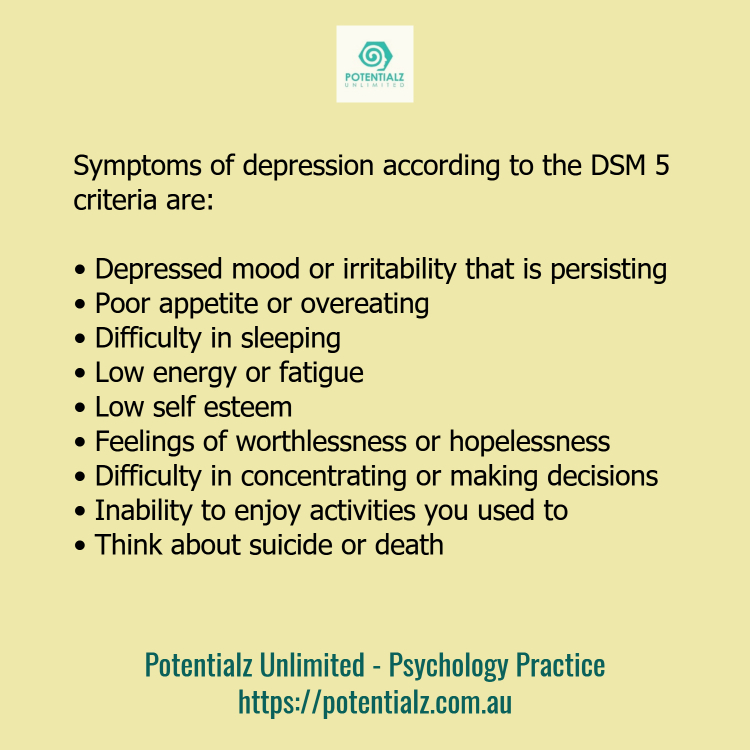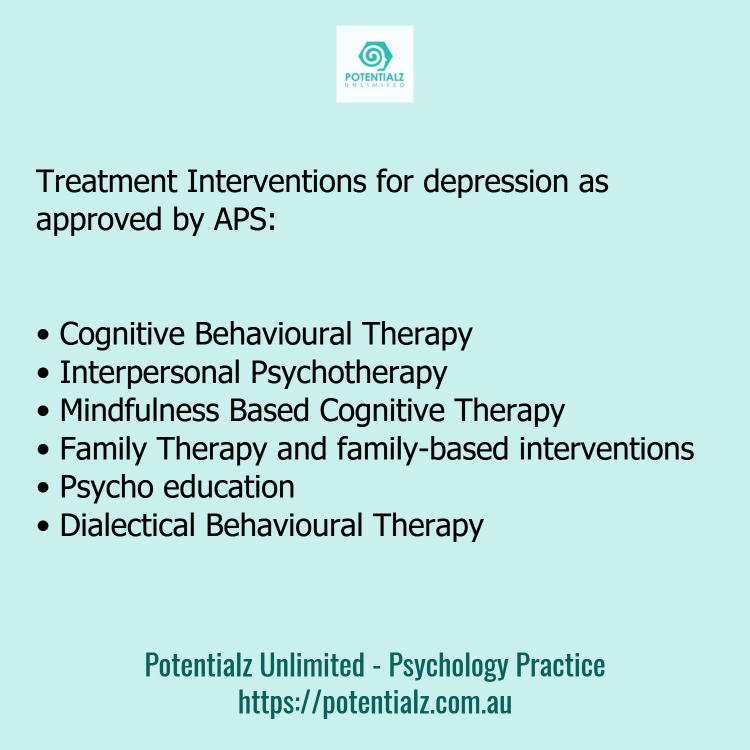In Australia, depression is a common occurrence across the life span. In particular one in 35 teenagers experiences depression. It is also a risk factor for suicide. One might hear people they know express that they are sad or feel down. Depression is not just about feeling sad or upset at times. It is unhappiness or irritability that is persistent, and one cannot seem to shake off.

Antenatal depression is when you experience depression during pregnancy and affects up to one in ten women in Australia. Up to one in six women experience postnatal depression, which develops between one month and up to one year after birth.
Because depression can start before or during pregnancy and continue after childbirth, we often use perinatal depression to cover the whole period from conception until your baby is 12 months old. This can affect both males and females. Usual onset is within a week to a month and negatively affects the child.
Depression is a huge risk factor for suicide across the life span.
Symptoms of depression according to the DSM 5 criteria are:
- Depressed mood or irritability that is persisting
- Poor appetite or overeating
- Difficulty in sleeping
- Low energy or fatigue
- Low self esteem
- Feelings of worthlessness or hopelessness
- Difficulty in concentrating or making decisions
- Inability to enjoy activities you used to
- Think about suicide or death
Treatment
A treatment plan for depression is created after an assessment of the treating GP and psychologist. In some cases, medication might help to relieve symptoms. Evidence suggests that psychological interventions have proved to be very effective in its treatment.
Psychotherapeutic interventions that are approved by the Australian Psychological Society include:
- Cognitive Behavioural Therapy
- Interpersonal Psychotherapy
- Mindfulness-based Cognitive Therapy
- Family Therapy and family-based interventions
- Psychoeducation
- Dialectical Behavioural Therapy
Duration
Usually symptoms of depression can last for 6 to 8 months. If left untreated it could go beyond 8 months. The key to differentiate just feeling sad and being depressed is that depression will affect your usual level of functioning hence it is debilitating. Its not something that will just blow over or pass with time. Hence treatment is essential.
Depression can vary in intensity. In severe conditions hospitalization may be required. If less severe, treatment can be done in out patient settings like a psychology clinic.
Comorbidity and Dual Diagnosis
Depression can occur with other conditions such as anxiety and physical health conditions like cancer, effects of stroke etc. This is referred to as comorbidity. Depression can also occur with substance abuses like addictions to alcohol, drugs and gambling. This is referred to as a Dual diagnosis.
Depression can occur when one has experienced something traumatic like an accident or death of a loved one. Though there are some symptoms in common between depression and PTSD it is not the same.
PTSD occurs about a month from a traumatic incident to your self or an incident you may have witnessed like sexual assault, domestic violence or child abuse. This can happen to doctors, police officers and emergency workers who are exposed to traumatic events in their job and known as Vicarious Trauma.
Most individuals referred to us through Victim Services who have experienced domestic violence or witnessed homicide tend to display symptoms of PTSD.



